Price gap cause bottleneck
 Dean Cira, World Bank lead specialist and urban sector co-ordinator, said the real prices of land were now often 10 times higher than those set by the government. He said this dual price system was real boon for developers, investors and speculators but a bane for original land holders.
Dean Cira, World Bank lead specialist and urban sector co-ordinator, said the real prices of land were now often 10 times higher than those set by the government. He said this dual price system was real boon for developers, investors and speculators but a bane for original land holders.
Hanoi People’s Committee said the land price for land clearance and compensation ranged from VND2.3 million ($111) to VND81 million ($3,900) per square metre.
But Colliers International said land prices in Hanoi’s first grade districts including Thanh Xuan, Ba Dinh, Cau Giay, Dong Da and Tay Ho were from $2,590 to $18,940 per square metre.
The second grade districts of Hanoi, such as Tu Liem and Hadong in the west of Hanoi, Long Bien in the East and Hoang Mai in the south were seeing prices from $968 to $8,300 per square metre. In Hai Ba Trung and Hoan Kiem districts land prices were in the range of $2,611 to $27,200 per square metre.
In its recent Urbanisation Review in Vietnam report, the World Bank revealed that real estate prices in Hanoi and Ho Chi Minh City were high in relation to comparable cities in Asia.
And while prices for vacant land were roughly $500 per square metre and above in both cities, prices for vacant land closer to the city centre were much far higher in Hanoi than in Ho Chi Minh City.
This figure was as much as $7,000 to $8,000 per square metre in Hanoi and only $4,000 per square metre in Ho Chi Minh City. Another issue of interest, Cira said, was the fact that land prices in Hanoi and Ho Chi Minh City were equivalent to 80 years of rental costs.
Land prices are nearly 1,000 times higher than monthly rental prices for the same location.
“With such high prices, only five percent of Hanoi’s population could afford to buy land.
“This is an unusually large difference and suggests that vacant land prices reflect a strong expectation of increased rents or resale value in the future, in order to pay off such high initial investments,” he said.
The high land price also brings about difficulties in infrastructure establishment and makes it tougher for people to get their hands on property. The World Bank said in the report that the increase of the population in big cities in Vietnam caused problems in terms of the creation of the infrastructure and social infrastructure systems, as well as the land management activities.
Cira said many local authorities were taking risks and building luxury property projects without taking account of market demand and long-term investment benefit.
“This is because local authorities get the most benefit from selling land, instead of building new urban areas under the plan,” he added. According to Phan Thi My Linh, head of the Ministry of Construction’s Urban Development Agency, the rapid rate of urbanisation was outstripping local government control. “The fast growth of urbanisation in urban areas leads to instability when it comes to the ability of infrastructure system. Meanwhile, the transport system cannot fully meet the current demand,” Linh said.
Under the national master plan for urbanisation, Vietnam’s urbanisation rate will reach around 38 per cent by 2015. This means that the country will have over 870 urban areas of different sizes at that time, an increase of 125 from the current number.
What the stars mean:
★ Poor ★ ★ Promising ★★★ Good ★★★★ Very good ★★★★★ Exceptional
Related Contents
Latest News
More News
- Trump's trade policies could shape Vietnam's economic outlook: Dragon Capital (November 15, 2024 | 16:56)
- The One Destination partners with Singapore investor and institutional fund to build ESG real estate complex (November 11, 2024 | 10:32)
- Stabilising measures must sit alongside land price hikes (November 07, 2024 | 09:56)
- CapitaLand Development records strong bookings for Orchard Hill (November 07, 2024 | 08:19)
- Public transport and real estate: The rise of Transit Oriented Development (November 05, 2024 | 15:06)
- Funding flows to second-tier localities (November 03, 2024 | 15:24)
- Hanoi has long road to travel in becoming a smart city (November 03, 2024 | 15:00)
- Nam Long Group hands over keys to Akari City Phase 2 (October 30, 2024 | 18:29)
- KTG Industrial expands industrial footprint at Taitronics 2024 (October 29, 2024 | 14:46)
- Deal signed for sustainable development at Prodezi Eco-Industrial Park (October 26, 2024 | 10:02)




 Tag:
Tag: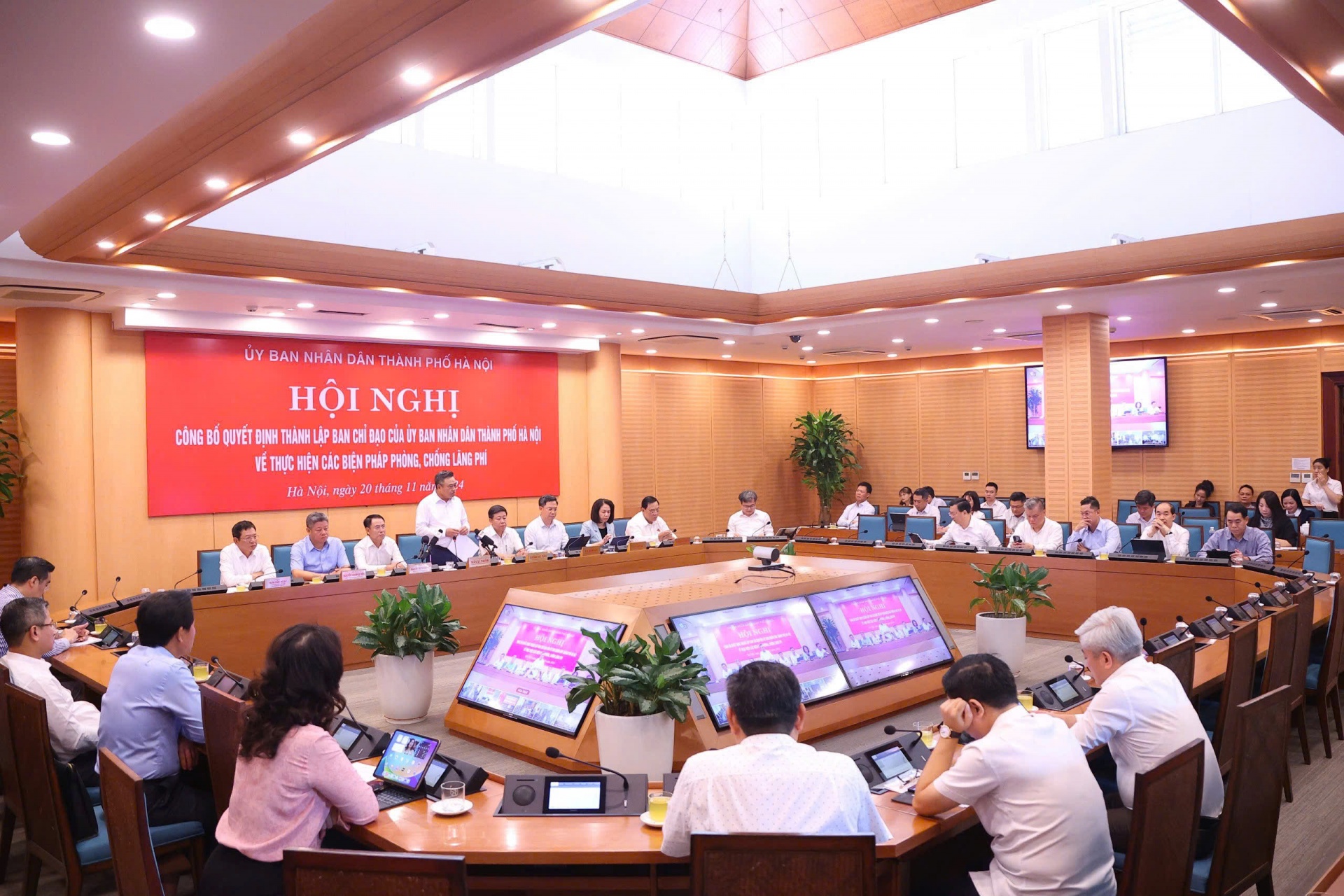
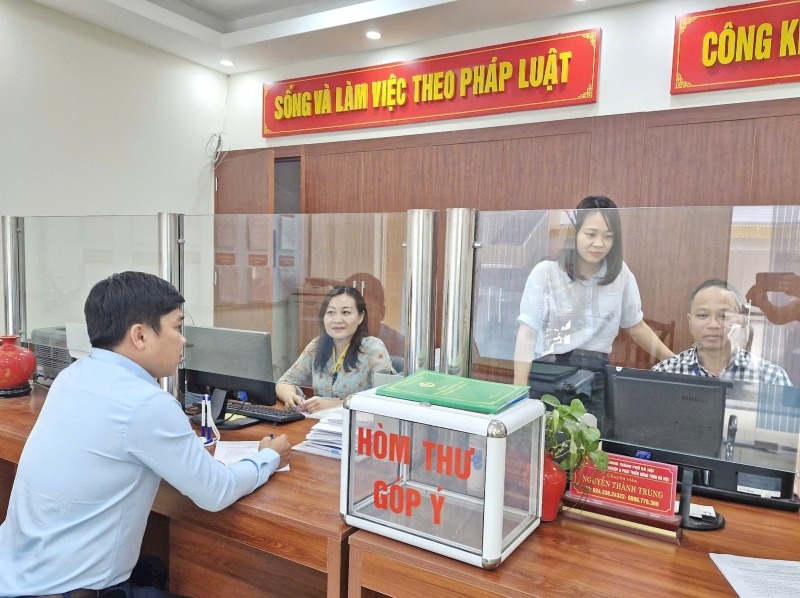


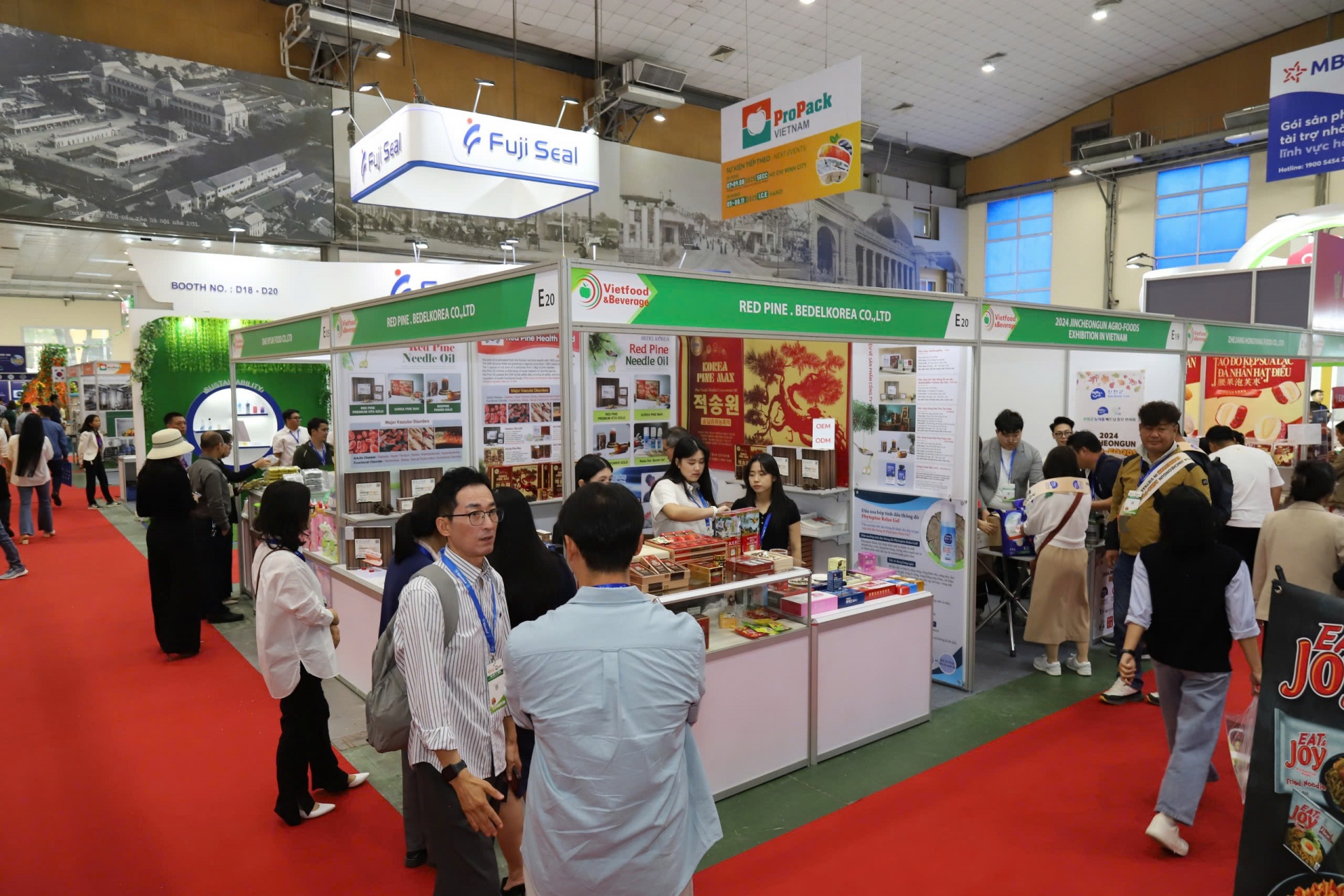
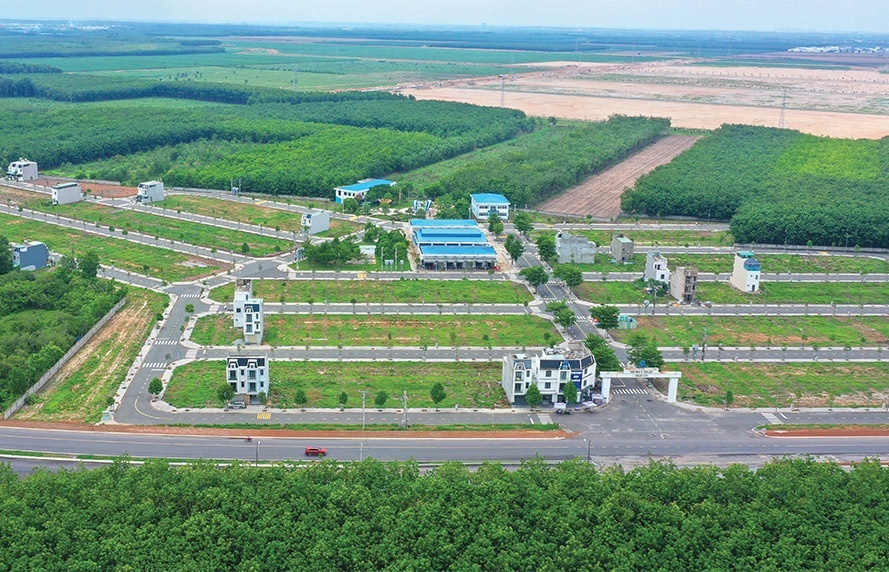



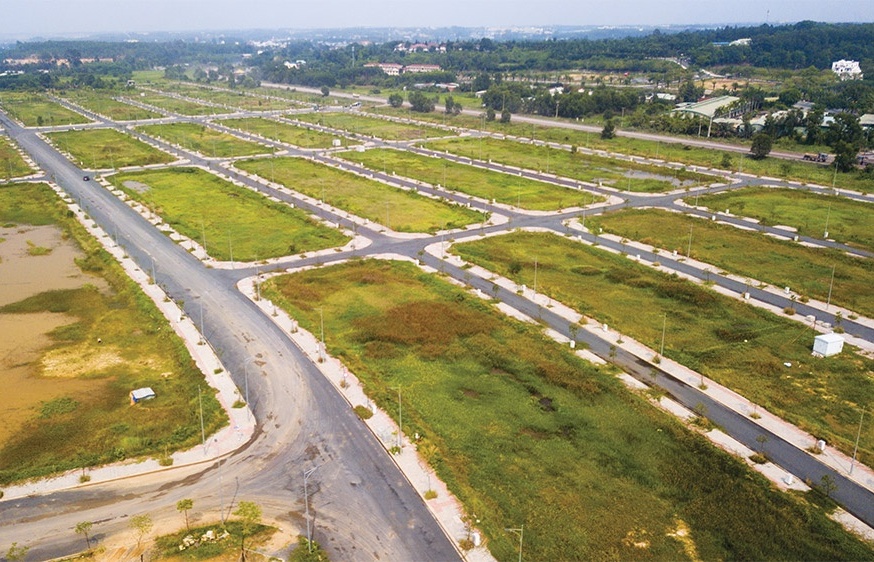
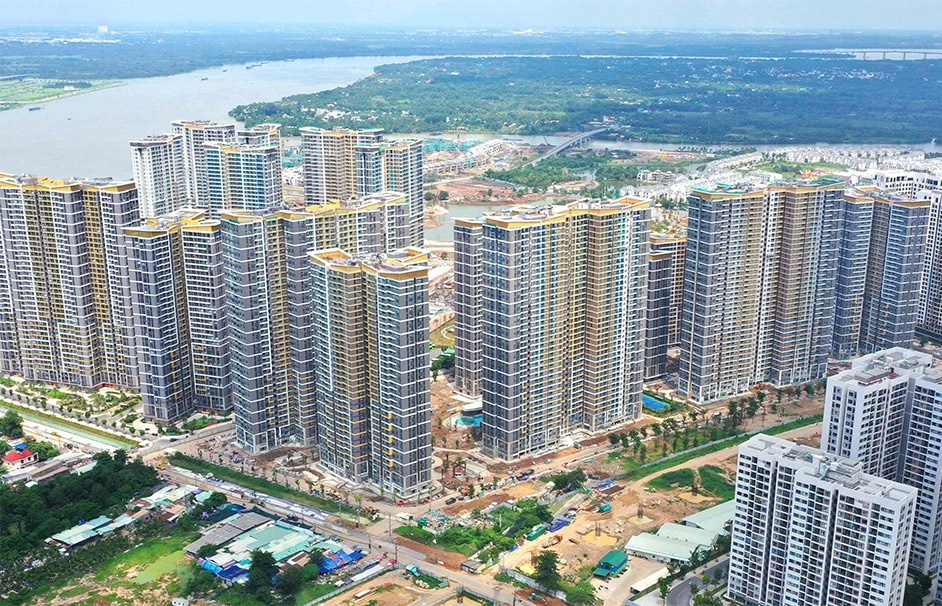









 Mobile Version
Mobile Version